After the talk, I was cheeky/ nasty/ silly enough (choose according to your own view) to ask whether he thought that this trend for "New Perennials" would wane even faster now in the light of the referendum? I couldn't resist, given the title of his talk, the still-hot result of the referendum and the fact that the movement came mainly from Germany and the Dutch, with Piet Oudolf being its most celebrated and best known proponent. Understandably enough, Richardson didn't seem happy or comfortable about being asked such but said no, he didn't think people would be so stupid and that there had always be a lot of cross-border exchange and influence amongst gardeners and the horticultural world. I think he is right.
For one thing, trends in gardening are slow to take hold and slow to move on. We're usually talking decades rather than months. Changing a garden is not as quickly or easily done as is changing, say, an interior. Apart from that, when it comes to gardens, it is very much a matter of personal taste: I'm not a big fan of the New Perennial movement even though I am from Germany. Likewise there may be many British people who might simply love this style or find it more convenient. My own personal guess is that perhaps this trend has peaked but that naturalistic planting and wildflowers will continue to be on the rise, especially in public places, as ever more species are threatened by habitat losses and ever more people live in urban areas, disconnected from the countryside.
Initially, my fear that there would only be a handful of plant sellers among the accessory and lifestyle stalls seemed confirmed. In the end, it was not as pronounced as it first appeared but still nowhere near as exciting for plantaholics as the first show had been. I talked to several exhibitors and most agreed that it was a different crowd of punters attending compared to last year; fewer serious gardeners, they said. One went as far as stating that the latter would not bother coming to events like these anymore but go to specialist plant fairs all over the country or indeed Europe. Still, GROW London explicitly positioned itself as a garden and lifestyle show, not a plant fair, and that was reflected.
The number of exhibitors has grown considerably over those past two years, indeed almost doubled. But this was mainly in the non-plant selling sector. So this year, for instance, saw the introduction of categories (if you want term them such) of GROW Gourmet and GROW Living. In the latter, I was pleased to find a stall by Emily Burningham of whom I have written here before.
Another stall I couldn't pass by was that of Decoy Nursery. I got talking to Amy who founded it a little over three years ago - without ever having had formal horticultural training, she claimed. But, she added, she'd grown up raising plants so it came natural. I found her optimistic tale as heartening as her plants tempting. Based in East Sussex, Decoy Nursery specializes in shade plants hence there were quite a few ferns on offer here, too. But there were also rarer finds, such as Double Bloodroot (Sanguinaria canadensis 'Multiplex').
The cheapest option is £30 every three months, or £185 if you pay ahead for a whole year. One delivery consists of 6 plants in 1 litre pots plus a hessian cloth planter and some cards with "inspiration" as well as planting and specific plant care instructions. Alternatively you could go for the "Large" option which will bring you 4 plants in 3 litre pots plus instructions, setting you back by £70 per season or £250 per year up front. There are also individual themed boxes, such as the "Wimbledon" for £60 which features strawberry plants among the six 1litre pots, or the "Shrub Box" for £95 which includes four 3 litre pots, the pictures showing Pittosporum, Phormium and Viburnum tinnus. Photos illustrating the "Shade Box" (£80) showed Pieris, Helleborus, Heuchera and Hosta. Oh, and delivery isn't included in either of these price tags. Nevertheless, I was told the young business had met with much demand and was doing amazingly well.
While I'm certainly not part of the target market, I'm torn between feeling annoyed that someone new to gardening (the website specifically asks: Don't know your Daffodil from your Dahlia?) should be made to part with so much money, and the feeling that, well, if they have it spare, then they might as well spend it on something that makes the world a little more beautiful and helps the nursery trade. Every additional plant is fine by me. Still, I find it a little sad: one of the fun bits about gardening is choosing what to plant! However, the core target group will be time-poor professionals who don't have a clue about gardening, perhaps don't even want to know much, but nonetheless like the idea of having plants around them. As lifestyle items. Thus BloomBox Club seemed perfectly well placed at GROW London.
I was less indulgent with another thing I came across: OrtoBrick. While BloomBox Club cuts out the growing-from-seed experience amongst others, here we have the opposite. This product's website states: OrtoBrick is a cutting edge green design object for a new and conscious Urban Agriculture. It is a small and solid brick of fertile Tuscan soil containing seeds of horticultural plants." And that's it. It is a solid stamp-branded brick of soil with embedded seeds. Or no seeds at all: In addition to rocket (here called Arugula), basil, parsley, wheat or just grass there is also the option Soil or Humus, both without seed.
The purpose of the exercise? I quote from the website again: "Orto in Italian means Vegetable Garden: If cultivated, it easily generates a micro vegetable garden to be tended to, otherwise it remains an object of design and communication. OrtoBrick is conceived to be used in cities: it can grow in the office, at home, on your desk, or in the kitchen. OrtoBrick is a seedbed designed [by an artist, I should add] to let you experience the early growing stages: it is a sustainable, symbolic, practical and educational project. OrtoBrick is created to promote environmental sustainability and knowledge about plants. 100% natural and handmade."
Well, we used to have that experience with a damp cloth or cotton wool and a packet of cress seeds for a fraction of the cost... But then, perhaps, OrtoBrick is much superior and worth the price because it isn't just any seeds germinating (and wilting after a few days unless you munch them) but "a unique piece of natural and living design for your house: if you don't water it, it keeps its message unchanged over time." Unless, of course, you made the mistake of watering it to start with AND THEN don't water it anymore. This, obviously, would provide a rather different message... Perhaps one that's quite appropriate for Britain after the Brexit vote?
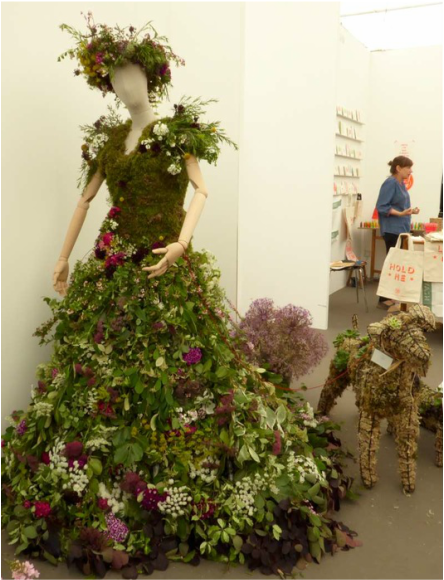
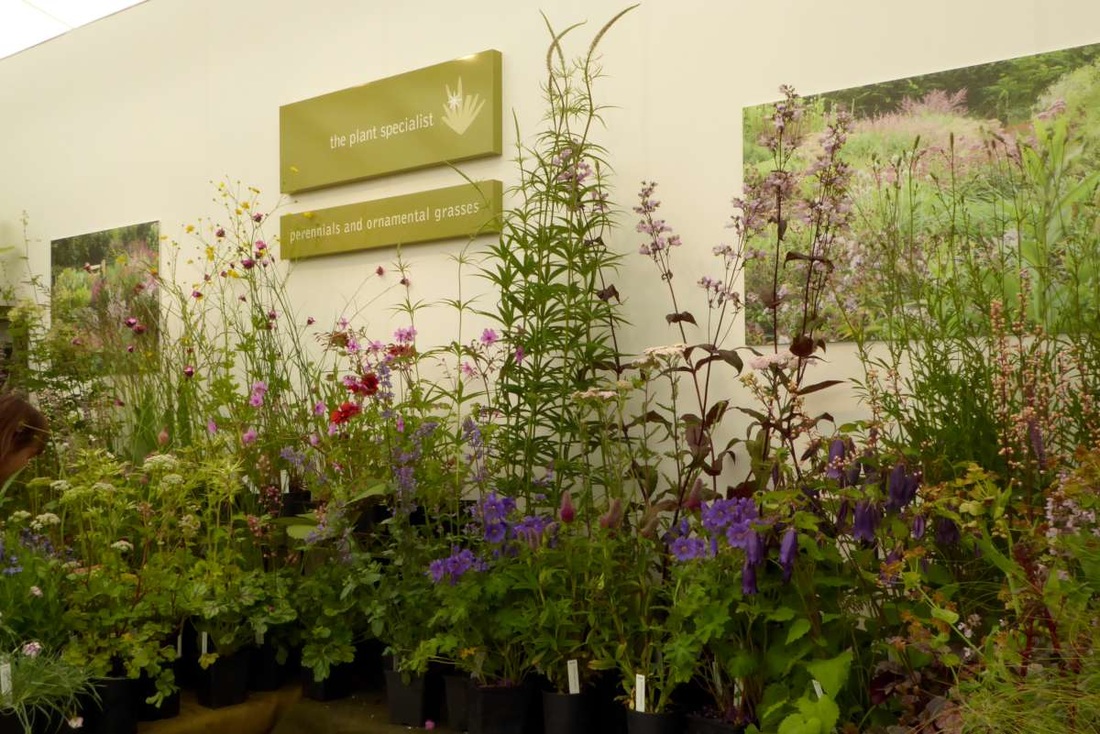
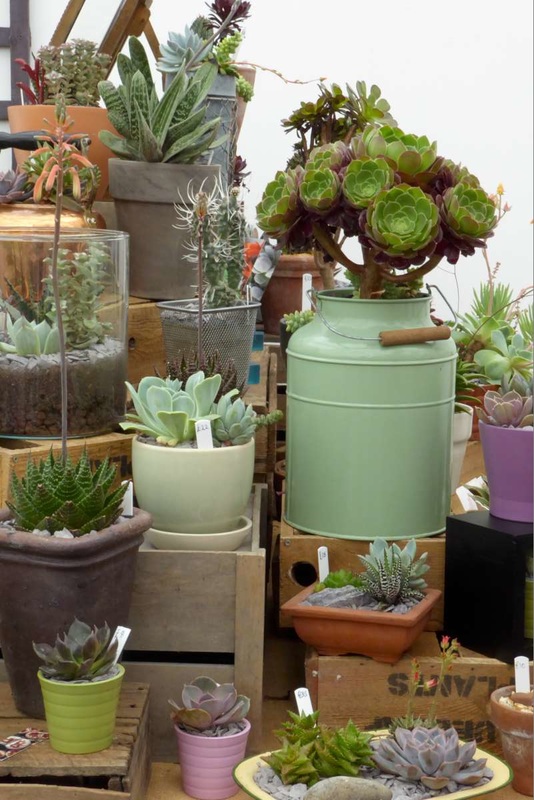
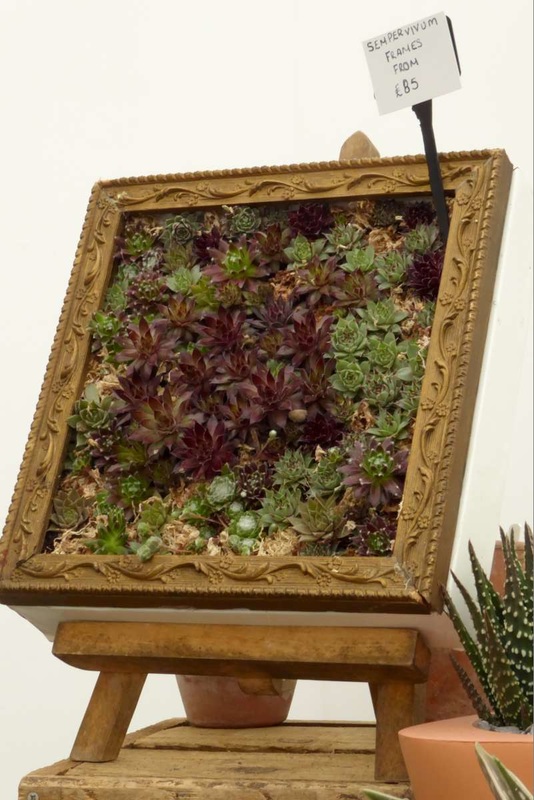
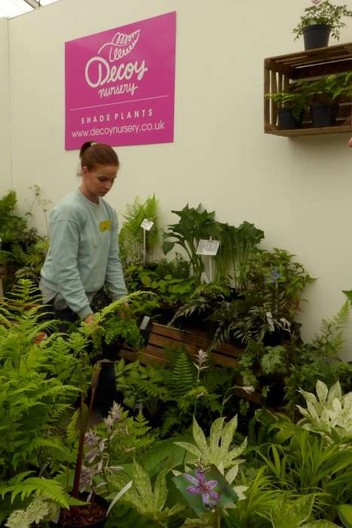
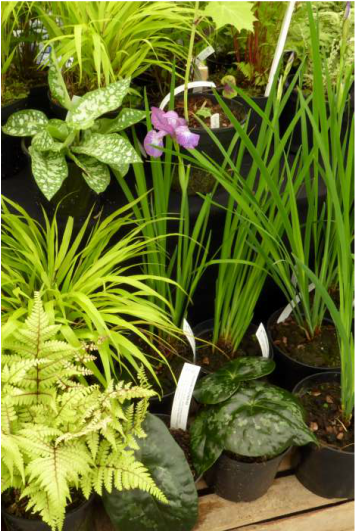
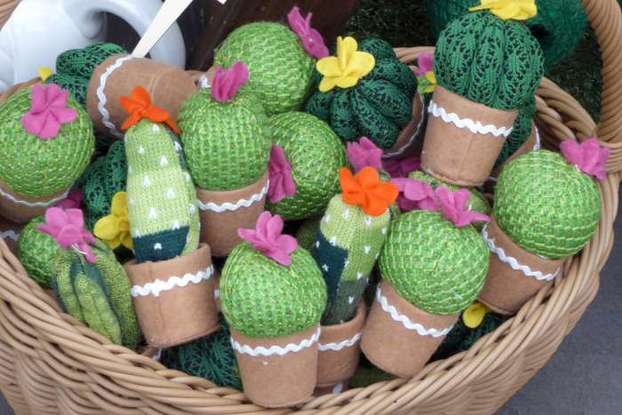
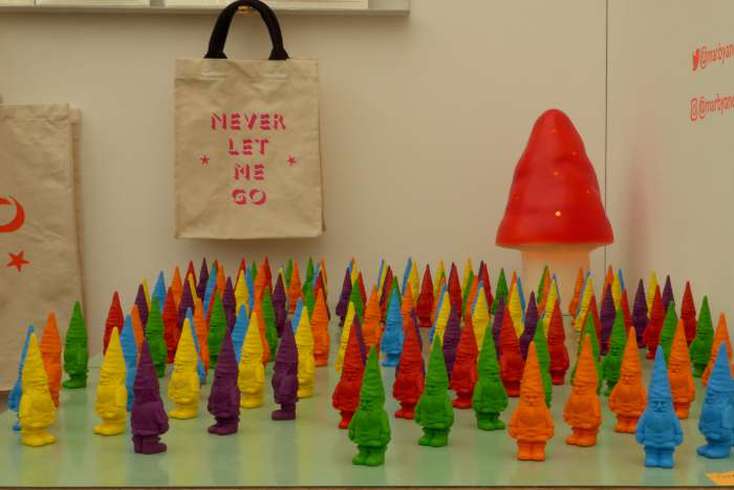
 RSS Feed
RSS Feed